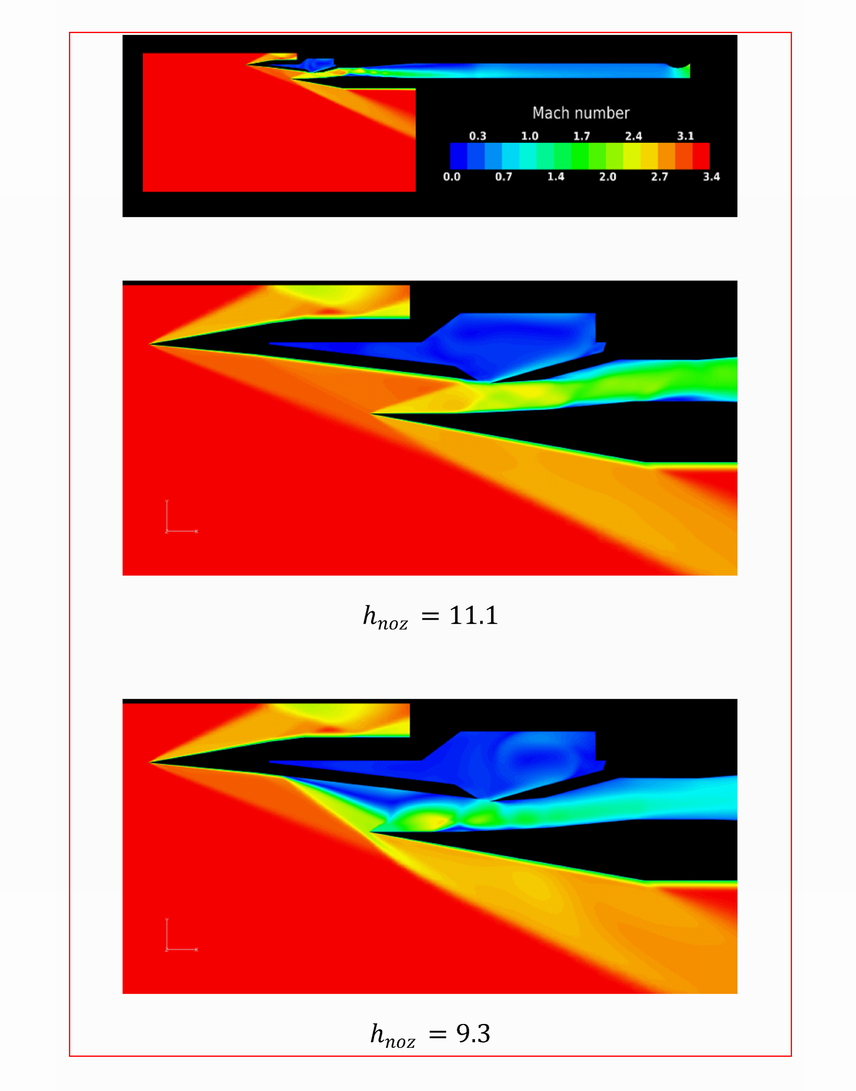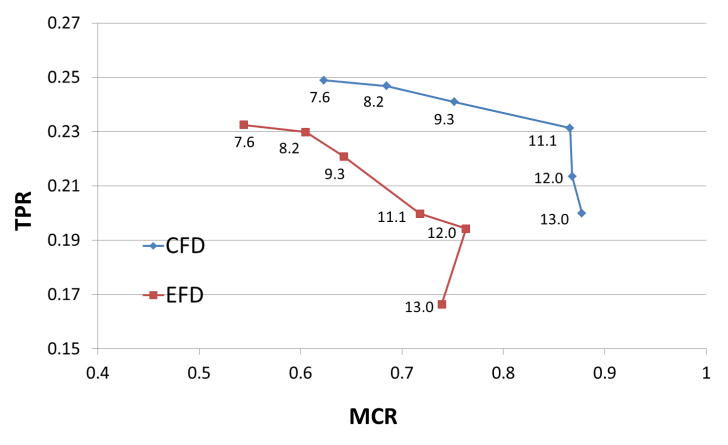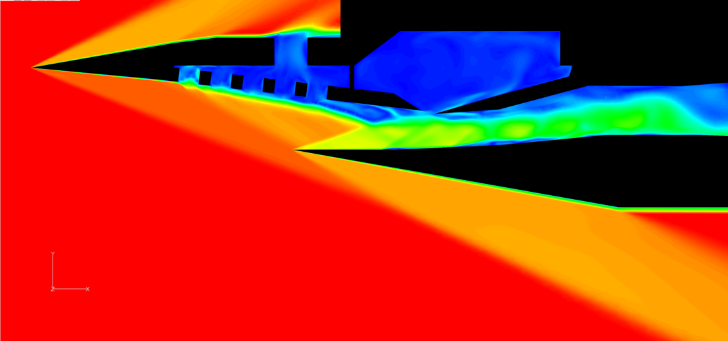Numerical Study of Hypersonic Intake
JAXA Supercomputer System Annual Report April 2016-March 2017
Report Number: R16E0105
- Responsible Representative: Yuichi Matsuo(Aeronautical Technology Directorate, Numerical Simulation Research Unit)
- Contact Information: Hidekazu Yoshida(gooden85@fuji.waseda.jp)
- Members: Tsukasa Nagao, Hidekazu Yoshida
- Subject Category: Aviation(Aircraft engine)
Abstract
JAXA is developing the hypersonic turbojet which work at less than Mach 1 to Mach 5. The intake of the hypersonic turbojet reduces air speed and compresses air which is captured by the intake. We conducted the CFD analysis to understand these flow field and operating condition and develop higher efficiency hypersonic turbojet.
Goal
Please refer ‘Hypersonic passenger aircraft technology | Sky Frontier – Sky Frontier Program | Aeronautical Technology Directorate‘.
Objective
Please refer ‘Hypersonic passenger aircraft technology | Sky Frontier – Sky Frontier Program | Aeronautical Technology Directorate‘.
References and Links
Please refer ‘Hypersonic passenger aircraft technology | Sky Frontier – Sky Frontier Program | Aeronautical Technology Directorate‘.
Use of the Supercomputer
We perform CFD analysis of the air Intake for hypersonic flight experiment on JSS2 to investigate the performance. and propose new models which is better performance than current model.
Necessity of the Supercomputer
We analysis to interpolate wind tunnel experiment data and investigate flow field of intake which can’t see in experiment to understand operating condition. It’s easy to change form of intake and analysis these and these data help to design Intake.
Achievements of the Year
Fig.1 shows CFD analysis of Mach number at overall analytical region and enlarged views of the intake section. These result shows that the flow separation occurs on the second ramp at hnoz = 9.3. Fig.2 shows performance map. It shows the reason of decreasing MCR is that the flow separation. We propose the additional bleed is applied for the HIMICO intake to improve the intake performance. Fig.3 shows best model. The model can prevent the flow separation and suppress buzz and MCR increase 12%, TPR increase 5%.
Publications
N/A
Computational Information
- Parallelization Methods: Process Parallelization
- Process Parallelization Methods: MPI
- Thread Parallelization Methods: n/a
- Number of Processes: 1024
- Number of Threads per Process: 1
- Number of Nodes Used: 32
- Elapsed Time per Case (Hours): 1-10
- Number of Cases: 100
Resources Used
Total Amount of Virtual Cost(Yen): 3,032,484
Breakdown List by Resources
| System Name | Amount of Core Time(core x hours) | Virtual Cost(Yen) |
|---|---|---|
| SORA-MA | 1,524,980.69 | 2,481,879 |
| SORA-PP | 20,035.30 | 171,061 |
| SORA-LM | 479.39 | 10,786 |
| SORA-TPP | 0.00 | 0 |
| File System Name | Storage assigned(GiB) | Virtual Cost(Yen) |
|---|---|---|
| /home | 29.56 | 278 |
| /data | 33,203.14 | 313,206 |
| /ltmp | 5,859.38 | 55,271 |
| Archiving System Name | Storage used(TiB) | Virtual Cost(Yen) |
|---|---|---|
| J-SPACE | 0.00 | 0 |
Note: Virtual Cost=amount of cost, using the unit price list of JAXA Facility Utilization program(2016)
JAXA Supercomputer System Annual Report April 2016-March 2017





